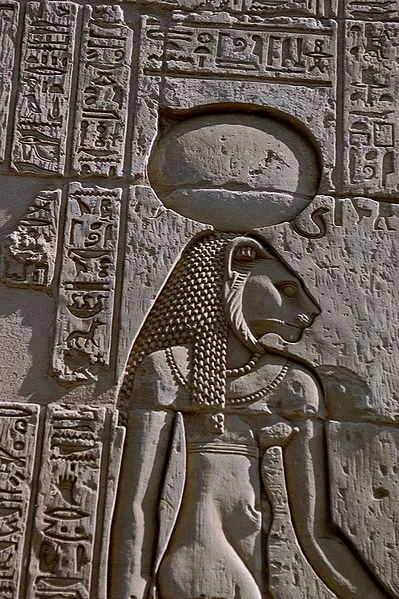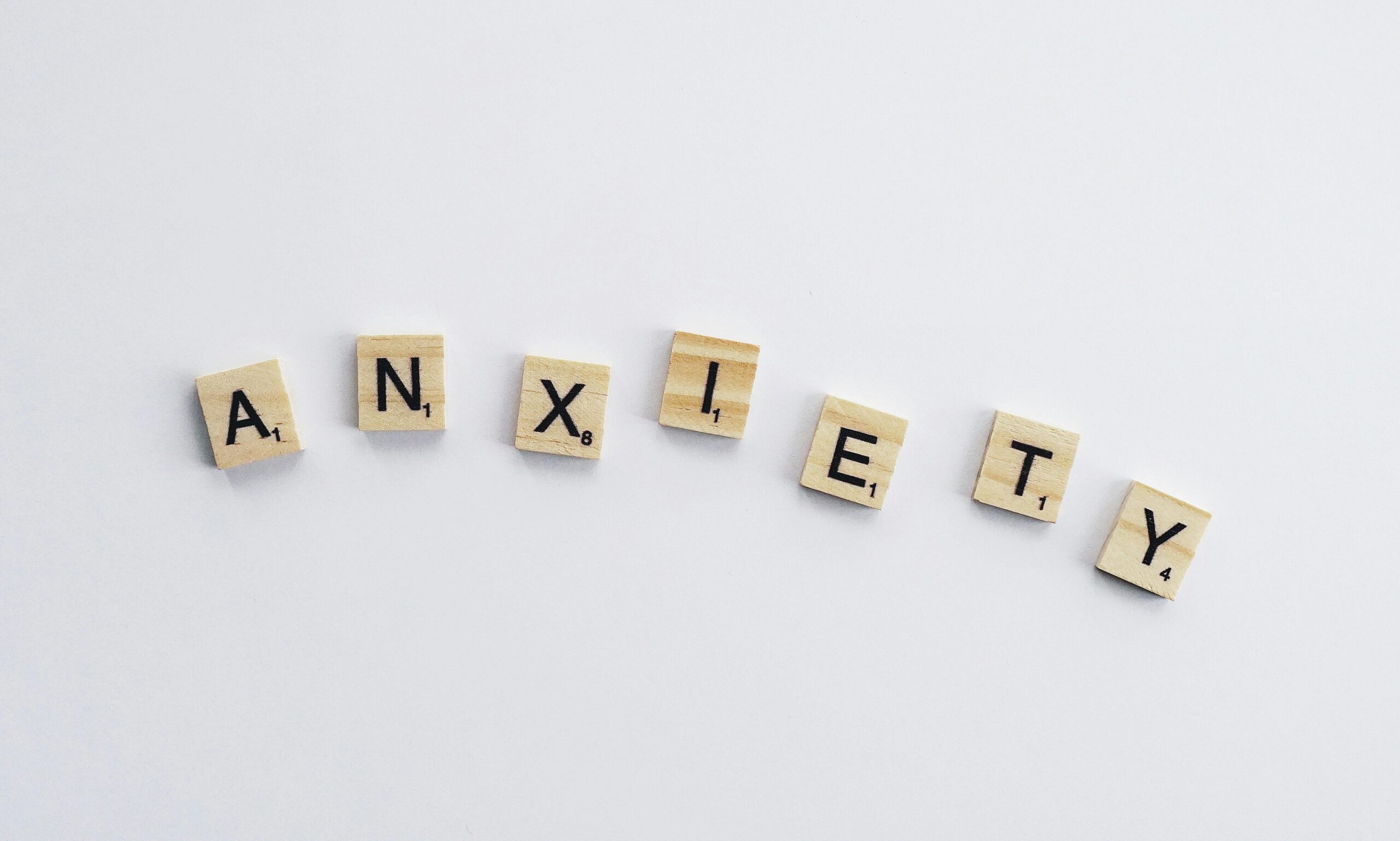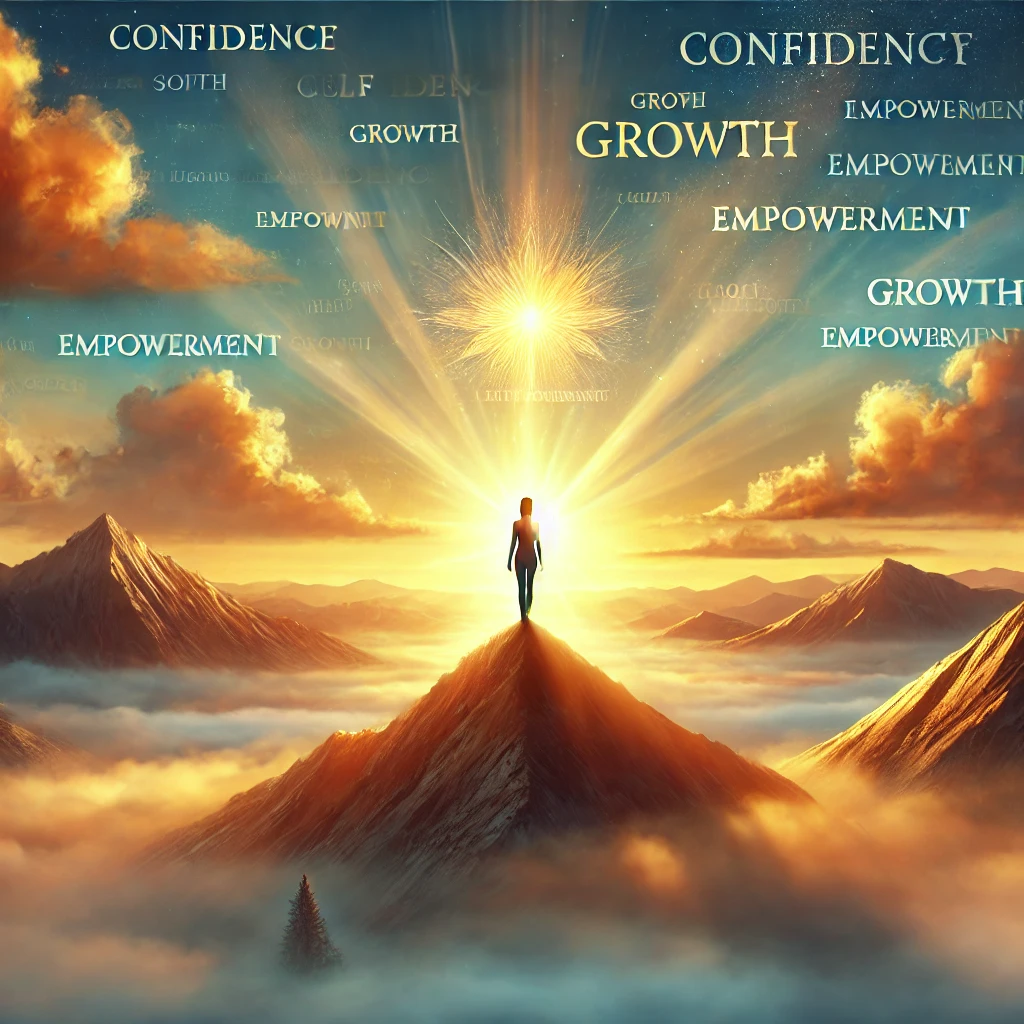

Ancient Egypt is renowned for its pantheon of deities, each embodying unique aspects of life, nature, and the cosmos. Among these divine figures, Goddess Sekhmet stands out as a powerful and complex deity, revered and feared for her dual role as a warrior goddess and a healer. In this blog post, we will delve into the multifaceted nature of Sekhmet, exploring her origins, symbolism, mythology, and her continued relevance in modern spiritual practices such as Sekhem energy healing.
Goddess Sekhmet, one of the oldest deities in the Egyptian pantheon, is often depicted as a lioness or a woman with a lioness’s head. She is associated with the scorching heat of the sun and is revered as the protector of the pharaohs and the nation. Her name, Sekhmet, derives from the Egyptian word “sekhem,” meaning “power” or “might.” As a manifestation of the sun’s destructive force, Sekhmet embodies both the ferocity of a lioness in battle and the life-giving energy of the sun, highlighting her dual nature as a destroyer and a healer.
The name Sekhmet is deeply significant, encapsulating her essence as a powerful and formidable force. “Sekhem” translates to “power,” “might,” or “authority,” reflecting her status as a deity of immense strength and influence. This name underscores her role as a protector and avenger, capable of unleashing devastating wrath upon her enemies while also possessing the ability to bring about healing and renewal.
To understand Sekhmet’s place in the Egyptian pantheon, it’s essential to consider the historical context of the ruling dynasties of ancient Egypt. Ancient Egypt’s history is traditionally divided into three major periods known as the Old Kingdom, Middle Kingdom, and New Kingdom, each comprising various dynasties:
Sekhmet’s prominence as a deity spanned across these periods, with her worship being particularly significant during the New Kingdom when Egypt’s military might was at its peak.
Sekhmet’s mythology is rich and complex, reflecting her dual nature. One of the most famous myths involving Sekhmet is her role in the “Destruction of Mankind.” According to this myth, Ra, the sun god, created Sekhmet to punish humanity for their disobedience and rebellion against him. Sekhmet unleashed her fury upon the people, causing widespread destruction. To stop her rampage, Ra tricked her by dyeing beer red to resemble blood. Sekhmet, believing it to be blood, drank the beer and became intoxicated, eventually falling asleep. When she awoke, her bloodlust had subsided, and humanity was spared. This story illustrates her power to both protect and destroy, and the importance of balance in her nature.
Worship of Sekhmet was widespread in ancient Egypt due to her dual role as a protector and healer. People revered her as a powerful guardian who could defend against enemies and diseases. Her temples were centers of healing, where priests and priestesses performed rituals to invoke her healing powers. Festivals dedicated to Sekhmet, such as the “Feast of Sekhmet,” involved music, dancing, and rituals aimed at appeasing her and ensuring her favor. Her worshippers sought her protection in battle and her aid in overcoming illness, making her a crucial deity in both personal and state affairs.
In Egyptian mythology, Sekhmet is often associated with the god Ptah, the creator god and patron of craftsmen. Together, they are believed to have a son, Nefertum, the god of the lotus and healing. Nefertum’s connection to healing and regeneration complements Sekhmet’s role as a healer, highlighting the divine family’s influence over health and well-being.
Sekhmet was feared for her immense power and capacity for destruction. As the “Eye of Ra,” she could unleash plagues and other calamities upon humanity. Her fierce and vengeful nature made her a deity to be respected and appeased. The Egyptians believed that neglecting her worship or failing to perform the necessary rituals could incur her wrath, resulting in disaster. Her fearsome aspect served as a reminder of the delicate balance between order and chaos, and the need for reverence towards the divine forces.
The priests and priestesses of Sekhmet played a vital role in ancient Egyptian society. They were responsible for conducting rituals, maintaining her temples, and performing healing ceremonies. These priests were also known for their medical knowledge, often acting as physicians. The “House of Life,” associated with Sekhmet’s temples, was a center of learning where medical texts and treatments were developed. The priests of Sekhmet were highly respected and held significant influence due to their connection with both the spiritual and medical realms.
Sekhmet symbolizes several key aspects of ancient Egyptian belief:
These symbols reflect the multifaceted nature of Sekhmet and her integral role in Egyptian spirituality and daily life.
Recent archaeological discoveries have shed new light on the worship of Sekhmet and her role in ancient Egyptian society. Excavations at various temple sites, such as Karnak, have uncovered numerous statues and inscriptions dedicated to Sekhmet. These findings have provided deeper insights into the rituals and ceremonies performed in her honor. Additionally, new interpretations of ancient texts have highlighted her significance in the medical practices of the time, further cementing her reputation as a healer.
The ancient Egyptian pantheon is vast, with numerous gods and goddesses each playing distinct roles. Some of the most popular deities include:
Sekhmet stands among these prominent deities, revered for her unique combination of power, protection, and healing.
Sekhmet’s role in the Egyptian pantheon is multifaceted. As a protector, she defended the pharaoh and the nation from enemies and malevolent forces. As a healer, she was invoked to cure illnesses and provide medical knowledge. Her role as the “Eye of Ra” highlights her connection to the sun and her ability to wield its destructive and life-giving powers. Sekhmet’s dual nature as both a fierce warrior and a compassionate healer embodies the balance between chaos and order, destruction and renewal.
The timeline of ancient Egyptian gods is extensive, with deities evolving and merging over millennia. Key periods in this timeline include:
This timeline reflects the dynamic and evolving nature of Egyptian religion, with Sekhmet maintaining a significant presence throughout.
In mythology, Sekhmet’s enemies are often those who threaten the balance of Ma’at or the safety of the pharaoh. She is depicted as a protector against chaos and malevolent forces, both human and supernatural. Her fierce nature and association with the sun’s destructive power made her a formidable opponent to any who challenged the divine order.
Despite her fearsome reputation, Sekhmet is also revered as a powerful healer. Her connection to the sun’s life-giving energy and her role as a goddess of medicine highlight her healing abilities. Temples dedicated to Sekhmet often served as centers for medical treatment, where priests invoked her aid in curing diseases and injuries. The duality of Sekhmet’s nature, as both a destroyer and a healer, reflects the belief in the transformative power of destruction leading to renewal and healing.
In modern times, Sekhmet’s healing powers are invoked in spiritual practices such as Sekhem energy healing. Sekhem, meaning “power,” is an ancient form of energy healing that draws upon the divine energy of Sekhmet. Practitioners of Sekhem channel this energy to promote physical, emotional, and spiritual healing. This practice emphasizes balance, harmony, and the transformative power of Sekhmet’s energy.
Sekhem energy healing involves the use of specific symbols to channel and direct healing energy. These symbols, believed to be imbued with Sekhmet’s power, are used during healing sessions to enhance the flow of energy and facilitate healing. Each symbol has a unique meaning and purpose, addressing different aspects of the healing process. The use of these symbols connects the practitioner and the recipient to Sekhmet’s divine energy, promoting deep and holistic healing.
While both Sekhem and Reiki are forms of energy healing, they have distinct origins and practices. Reiki, developed in Japan by Mikao Usui in the early 20th century, focuses on channeling universal life force energy for healing. Sekhem, on the other hand, is rooted in ancient Egyptian spirituality and specifically draws upon the power of Sekhmet. Sekhem emphasizes the balance between destruction and renewal, reflecting Sekhmet’s dual nature. Practitioners of Sekhem often incorporate rituals and symbols specific to Egyptian mythology, creating a unique and spiritually rich healing experience.
Daniel Rosenstein is a dedicated practitioner of Sekhem energy healing, specializing in techniques that harness the power of Sekhmet for holistic well-being. With extensive knowledge and experience, Daniel offers personalized healing sessions that address physical, emotional, and spiritual needs. His practice is grounded in the ancient wisdom of Sekhmet, combined with modern energy healing techniques to provide a comprehensive and transformative healing experience.
Are you ready to experience the transformative power of Sekhem energy healing? Daniel Rosenstein is here to guide you on your journey towards balance, healing, and renewal. Whether you are seeking relief from physical ailments, emotional healing, or spiritual growth, Sekhem energy healing can offer profound benefits.
Book a session with Daniel Rosenstein today and embark on a path to holistic well-being. Discover the ancient wisdom of Sekhmet and harness her divine energy for a healthier, more balanced life. Click here to schedule your appointment.
Through the ages, Sekhmet has remained a powerful and revered figure, embodying the dual forces of destruction and healing. Her legacy continues to inspire and guide those seeking balance and transformation in their lives. Embrace the power of Sekhmet and unlock the potential for profound healing and growth.







Feeling Stuck in Life? Here’s How to Break Free and Move Forward At some point, almost everyone experiences the feeling

Trauma can profoundly impact our mental, emotional, and physical well-being. Whether it stems from a single life-altering event or accumulated

Anxiety and depression can cast dark shadows, making it hard to see a way forward. But there’s one light that

6 Things People Don’t Know About Anxiety (And How Energy Healing Can Help) Anxiety is one of the most common